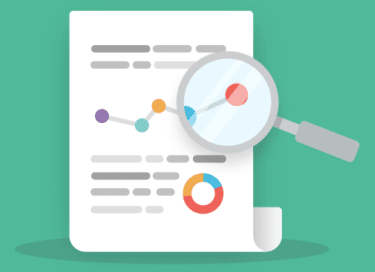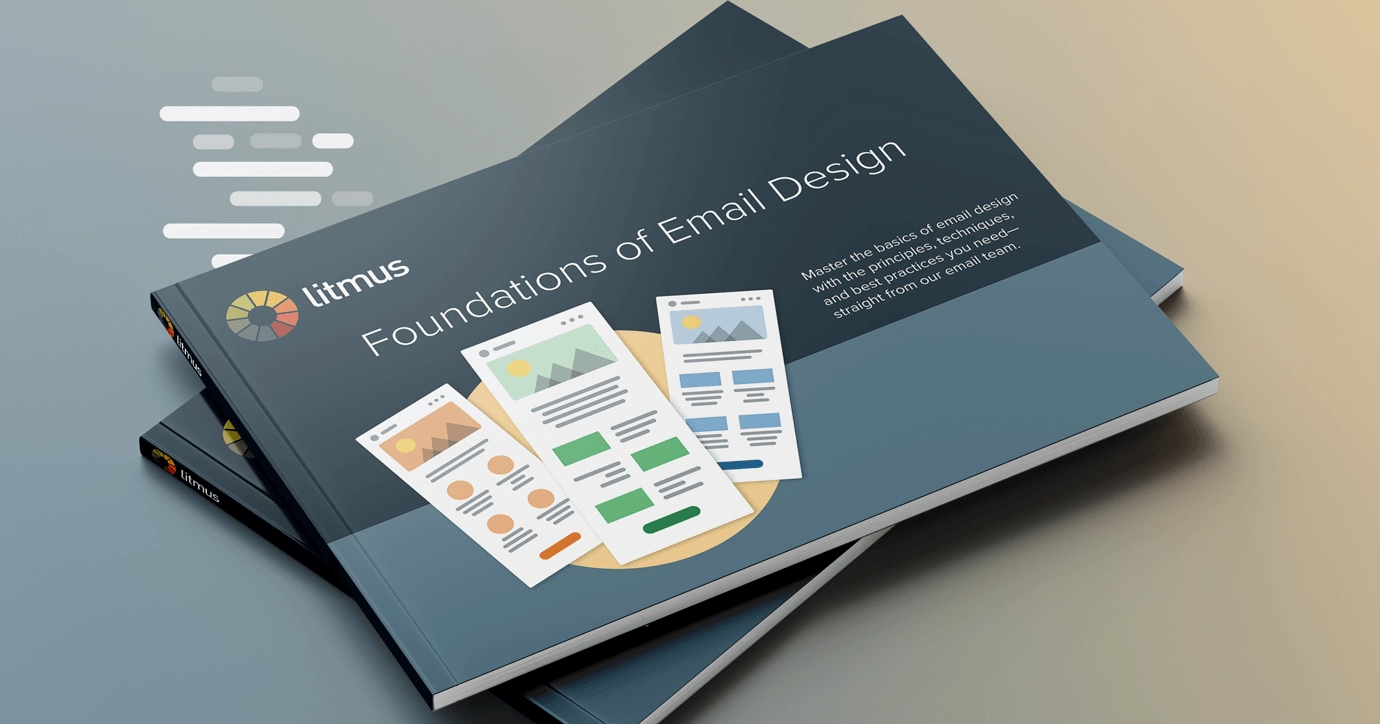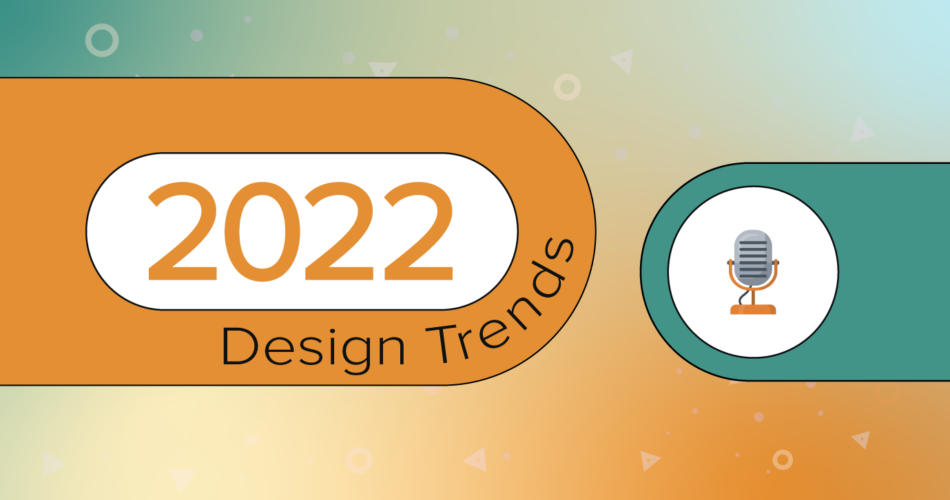According to Emma, 2021 proved to be an all time high for email send volume, with over 10 billion emails being sent. 2022 shows no signs of slowing down either—it’s predicted that this year will bring an additional 14 billion more sends than last year.
With the demand for send volumes at an all time high, out of all the emails hitting our inboxes, what designs are proving to be the most effective?
We invited email design experts Matt Helbig (Community Manager at Really Good Emails), Sam Beddoes (Senior Email & Motion Designer at Action Rocket), and Litmus’ Jaina Mistry (Senior Email Marketing Manager) and Lily Worth (Senior Email Designer) to weigh in on their predictions for 2022 email design trends.
Watch the webinar recording below for the 12 design trends these experts expect to see this year, and read on for answers to some of your top questions.
Q&A
Below is a recap of our answers to some of the top questions from the webinar. Have more? Head over to the Litmus Community.
What trends might there be around Dark Mode?
Matt: I think it’s still a priority for brands to optimize for Dark Mode. Maybe brands are still struggling with how to get the right assets, but I think that the younger audience does appreciate a more brightly-colored aesthetic. It kind of catches your eye when you’re scrolling through the feed, so I think we’ll see the balance between those two.
Lily: I agree. I think (and would hope) designing for contrast modes will get bigger in 2022. There are huge benefits to it. It’s great for accessibility. It helps you to reach a wider audience by having your light email in Light Mode and dark email in Dark Mode. There’s good reason to make that trendy.
Sam: We’re starting to see brand guidelines think about the future more. They’re now incorporating whole sections on Dark Mode, and have already done more thinking about this.
If you’ve got a web team, get in touch with them and see if they’ve thought about their priorities around Dark Mode. If you’re lucky, someone else would have thought about all of that for you beforehand; in which case you can just try to roll some of that into your email designs.
What’s your take on images with text in it? Should you be using live text more often?
Lily: I am pro live text. I prefer more live text, though I understand for some aesthetics you do need to add text into images, and there may be some workarounds.
I think one of the things to remember is when you bring in headlines into images, then it can be hard to create a semantic email that is then good for screen readers. You could maybe try wrapping your image in an H1 tag or header tag and pop in that header in the ALT text, just to help get that semantic code.
Sam: Definitely echo that—I’m definitely pro web text (also known as live text). I’d say you can put text in an image, so long as you’re happy if people don’t see it.
If it’s a secondary or tertiary message that you’re sending out, you have things like ALT text to work with as well. You can sort of style it in some cases but in others, you can’t—and that can almost become completely invisible.
If it’s something important, make sure to put it in there with nice big web text that can’t be missed.
Matt: With the emails that we accept on Really Good Emails, we try to find that balance. If you’re going to use type locked up on an image, you should have some live text as well.
When you’re going to lock that text in, and when it scales down on mobile, [it’s important to consider] what it’s going to look like. So, maybe you need to provide a secondary image or make that a little larger so that when it is on mobile view, it’s still easy to read.
Are shapes and gradients displayed properly in Outlook?
Lily: We did a lot of gradients last year. Carin Slater (Email Marketing Specialist at Litmus) would be great to answer this question in terms of how it was tackled. I know we got a lot of support with CSS gradients across email clients, but we did have to bring fallback imagery with the gradient in, and I believe it was for Outlook.
Shapes wise, I’m not entirely sure on support for CSS shapes. You could bring it in potentially as imagery, and I know you will get partial support for CSS shapes.
Jaina: This is one of those questions where if you know a majority of your audience do end up using Outlook, perhaps shapes and gradients and trying to do them with CSS probably isn’t the way to go. But if you know that the majority audience are using Apple Mail or more advanced email clients, you can really lean into some of these trends and do them in a way where leaning more on the CSS fun side of things.
 |
Get insights into your audience with Litmus Email Analytics Get visibility into your audience—Apple Mail, Outlook, and otherwise—so you can create more effective campaigns, faster. |
Would you recommend an F pattern for text, but centered for images and CTAs?
Lily: Definitely—we do that now. We tend to left align our body copy to make it more accessible and easier to read and we center align images and our call-to-actions (CTAs). There’s definitely good reason to do that: The pyramid structure really needs that central alignment of elements, and that’s a really good way of getting people to click through from the email.
But the F pattern is great for long form when you’ve got a lot of content that people need to get through. Left aligning everything just helps them to scan right through it, so I think that’s a good use case for patterns.
Do you have examples of tech/software emails that are designed well or have a track of good performance?
Jaina: I will say Miro—they do great emails. They use a mixture of photography and different shapes. They’ve got a really strong brand identity in their emails. I really love receiving those ones.
Matt: We launched a whole SaaS category on Really Good Emails, so I would recommend looking at that.
 |
Master the basics of email design Learn the fundamental principles and best practices of email design in 5 easy-to-digest lessons. |
Source link



